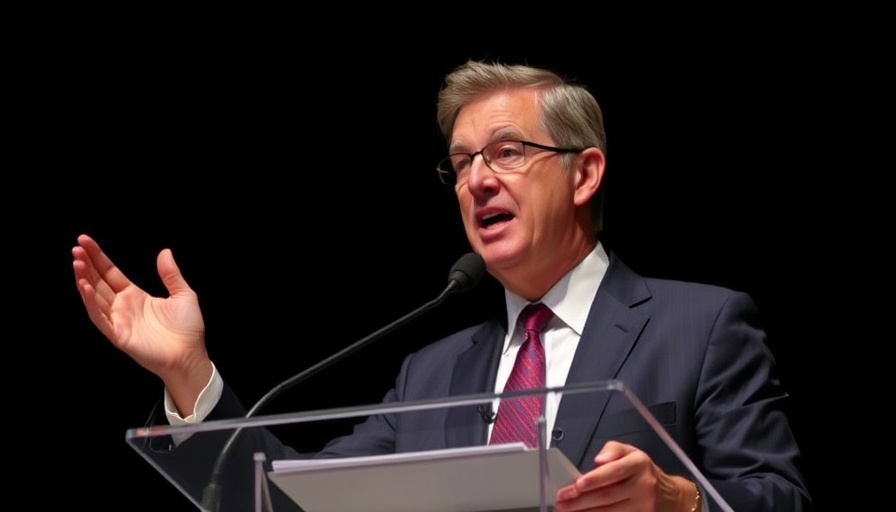
The Potential Impact of Trump Tariffs on US Inflation
As the talk of tariffs dominates economic discussions, US Federal Reserve officials are voicing concerns about the impact on inflation rates. According to a recent warning from the president of the New York Federal Reserve, tariffs imposed by former President Trump could escalate the inflation rate to 4% this year. The implications of such a rise in inflation cannot be underestimated, especially in a recovering economy grappling with challenges such as supply chain disruptions and consumer confidence.
Understanding Inflation and Its Consequences
Inflation affects the purchasing power of consumers, increasing costs of goods and services and often leading to adjustments in wage expectations. While 4% inflation might be manageable under certain circumstances, persistent inflation can erode savings and deter consumer spending, ultimately stalling economic growth. For Bay Area residents, this could translate into higher living costs, putting pressure on households and affecting local businesses, particularly in an already competitive market shaped by Silicon Valley startups and evolving business trends.
The Broader Economic Context
The proposed tariffs come at a time when the economy is attempting to recover from the shock of the pandemic. San Francisco's entrepreneurial spirit and robust tech industry have markedly recovered, but external factors, such as supply chain issues fueled by global tensions, remain a significant obstacle. As consumers feel the pinch of rising prices, Bay Area businesses must navigate a tricky landscape of inflationary pressures, making strategic decisions about pricing and investment.
Recent Economic Forecasts: What’s at Stake?
Experts in economic forecasting indicate that while a short-term increase in inflation is speculated, the long-term effects could be more profound. Many local businesses are already implementing cost-saving measures in anticipation of rising product prices, and this trend could accelerate in response to the tariff situation. The stakes are high; small businesses that rely on thin margins could find themselves particularly vulnerable to the whims of fluctuating tariffs and consumer demand.
Consumer Behavior Trends Under Inflationary Pressure
With inflation looming, consumer behavior is likely to shift. Economic analyses suggest that consumers may start prioritizing essential goods over luxury items, affecting the retail industry's dynamics. For Bay Area startups and businesses, understanding these shifting behaviors may be crucial in adapting service models and marketing strategies. For example, businesses could consider increased transparency around pricing structures to maintain trust with customers amid rising costs.
Prepping Your Business for Economic Uncertainty
For entrepreneurs and business leaders in the Bay Area, now is the time to assess business strategies in light of potential inflation-induced changes. Companies can focus on operational efficiencies, explore sustainable practices, and leverage digital transformation to mitigate impacts. By innovating within their business models, they can stay competitive and potentially thrive, even as challenges multiply.
Conclusion: Embracing Change in Turbulent Times
The interplay between tariffs and inflation presents both challenges and opportunities for businesses across the spectrum. Bay Area companies, whether established players or emerging startups, must remain agile and responsive to the market conditions, leveraging insights from economic trends to shape future strategies. For those looking to thrive in this landscape, understanding the intricacies of economic policies and consumer behavior will be vital.
 Add Row
Add Row  Add
Add 



Write A Comment